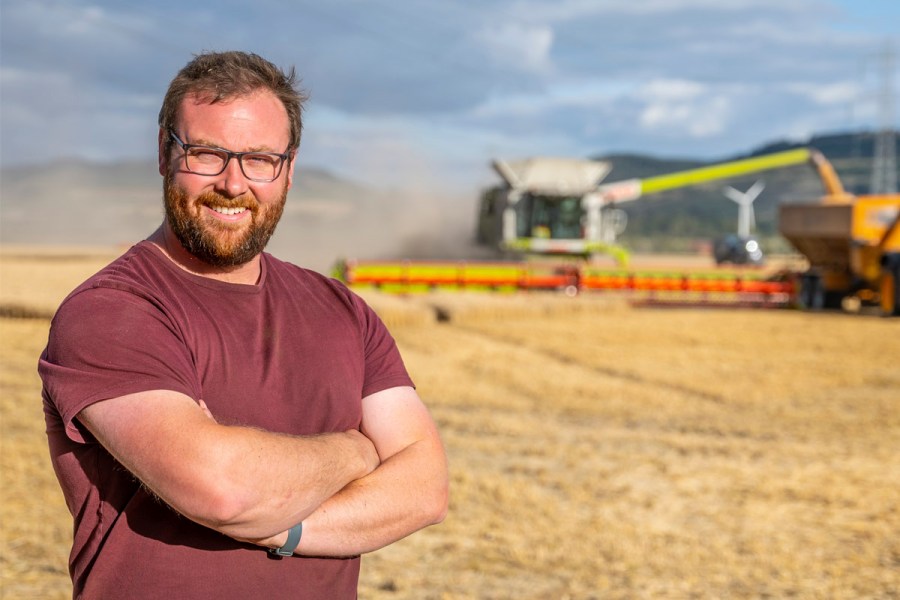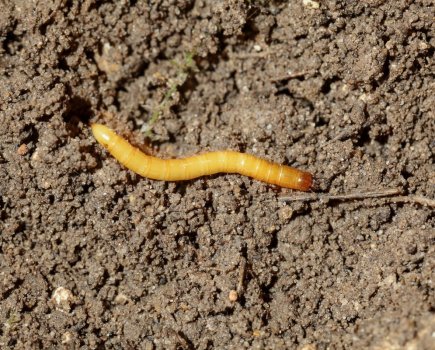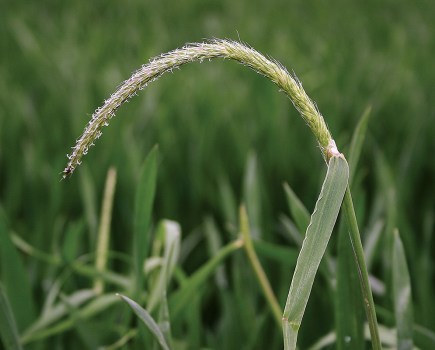The challenging harvest conditions in eastern Scotland mean the moment crops are fit to cut they need to be cleared. With some 2520ha of arable cropping, the team at Hay Farms needs high capacity machinery to make sure every tonne of grain ends up in the shed in peak condition.
To that end the Perthshire business runs two top-end Claas combines – a 2017 780TT and a 2021 8900. Both are equipped with 13.8m Convio Flex belt-fed headers which have significantly increased the machines’ acre-eating appetites.
“When it came to changing our older 780 – a 2013 machine – we once again wanted to go for the highest output model on offer to ensure we could clear crops within our increasingly tightening weather windows,” explains Finlay Hay.
“The demonstration combine that came to us was an 8900 with a standard Vario header. It was seriously impressive, romping on ahead of the 780s. The bigger drum and concaves up front were clearly making a difference but it was the extra horsepower that was really pushing things along.
“But we’d heard that changing to a draper header could push the envelope further. We spoke to people running Convio cutterbars who said they were seeing 15-20% increases in daily outputs. That sealed the deal for us.”
Duly an order was placed in late 2020 for a new 8900 as well as a brace of Convio Flex 1380s – one for the new combine, the second for the business’ four-year-old 780TT. That necessitated some fairly significant modifications to the machine’s intake elevator – a cost that was felt to be worth it given the potential for extra output.
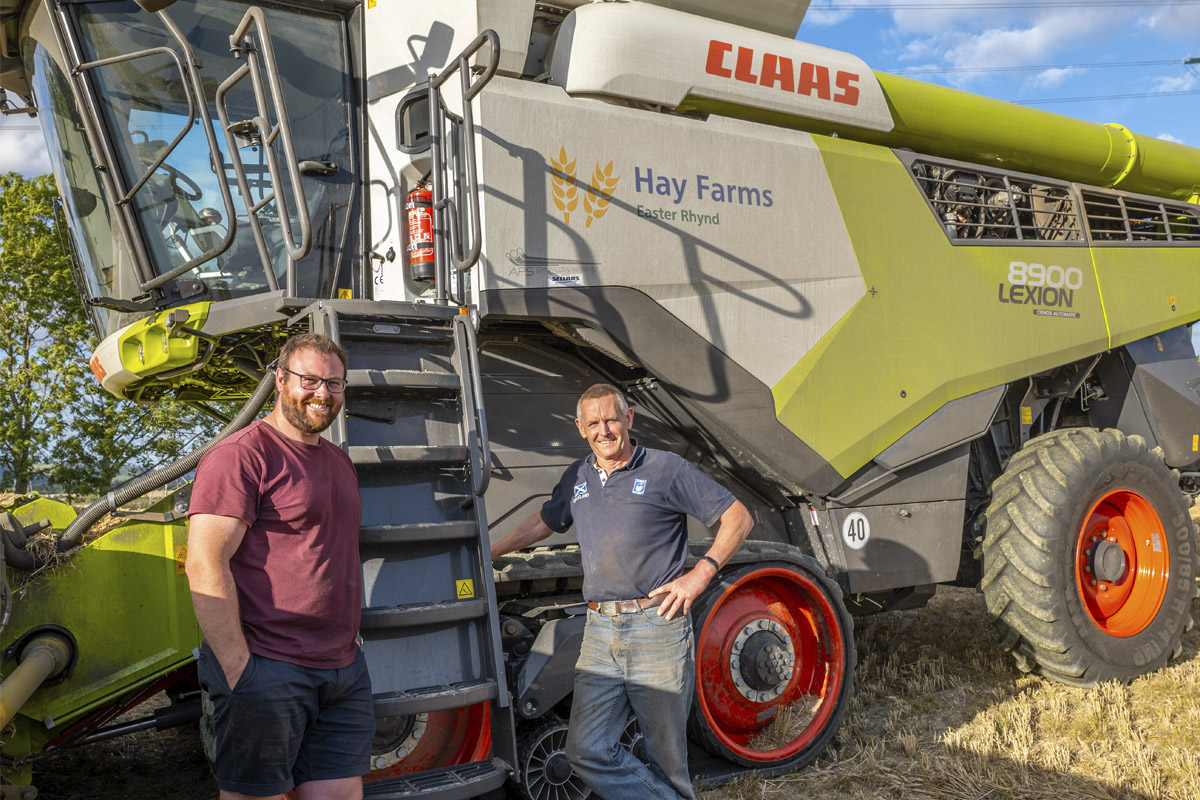
Why Convio headers?
“The investment required to modify our 780 to run the Convio cutterbar was not insignificant. But being only four years old it was just halfway through its time with us and if it meant getting more from the machine it felt like it was a worthwhile outlay. There was never any doubt that we’d go the same way with the new 8900.
“In just that first season the investment paid off. Not only does the belt header up output by the way it consistently presents the crop head first to the threshing drum, its ability to continue feeding it in as conditions deteriorate means we’re getting an extra two or three hours cutting in each day.”
The ability of the Convio Flex to adapt and hug uneven terrain has proved another big plus-point for the operation.
“Sprayer ruts and headland furrows are no challenge for the flexible cutterbar,” says 8900 operator Dave McDonald.
“I can set it to shave the stubbles – particularly useful in laid and short crops – and it just swallows it up without taking in heaps of stone and soil. Getting crop to feed in the front of the combine was always the limiting factor for us at night. Moving to these belt-fed headers has meant we can just about go combining in the rain.”
In-field Efficiency
That extra output isn’t just down to the header, threshing gear and engine. Changes to grain handling on the 8900 have had a significant impact too.
“The speed that the unloading auger runs at is seriously impressive – I can drop a full 15,000-litre tank load in under 90 seconds. That means the chaser bin is back to the other combine faster and there are no hold-ups.
“Having the ability to shut the discharge speed down to half rate is really useful when we’re unloading into trailers. I can top them off more accurately, ensuring each one goes away with a proper load on board.
“The 8900 has clearly been designed as a driver-friendly machine. A proper hatchway and ladder down into the grain tank make cleaning out a much safer task and little things like the hand-wash tank and retractable hose reel just make the job that much easier on the operator.”
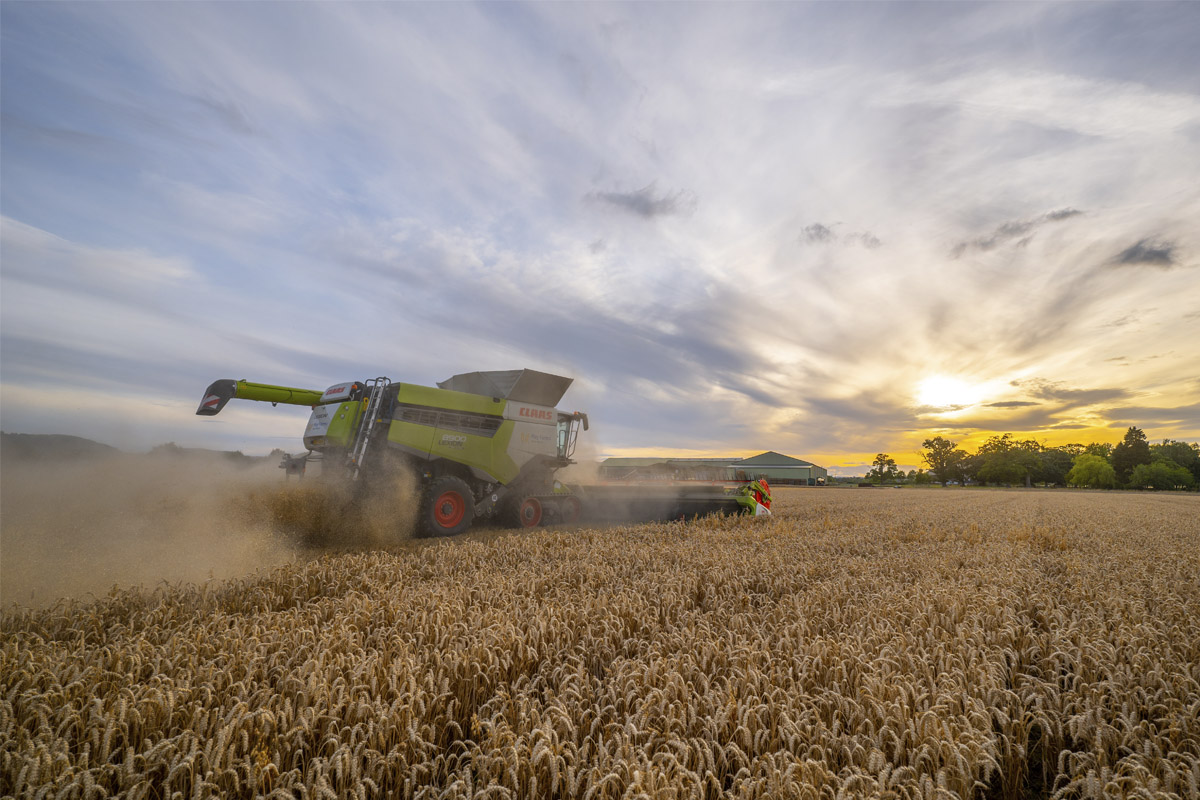
What about fuel usage?
“Moving to Convio headers has seen both combines running that much more smoothly because the crop is presented so much more uniformly. That’s had a clear impact on fuel usage.
“Previously with its Vario cutterbar our 780 was using an average of 2.62-litres/tonne throughout harvest. Switching to the draper header saw that figure drop to 2.17-litres/tonne.
“The 8900 is a step on again. Running alongside the older combine right through harvest, last year it averaged 1.93-litres/tonne.”
Why Claas?
“We’ve run Claas combines since 2004 and have always been impressed by the reliability, build quality and support from C;aas UK.
“On top of that we’ve got a first class dealer in Sellars – sales, workshop and parts all run really well together. They’ve got superb mechanics and storemen – the back-up is just great.
“We view Sellars and Claas as crucial partners in what we do. It’s a relationship of trust – if they say a combine will do a job, we know it will do it. That’s critical when you’ve got over 2,500 ha to cut in adverse Scottish conditions.
“Without doubt the move to Convio headers has brought a massive improvement in output, both on an hourly basis and in extending the working day,” concludes Finlay.
“The 8900 has brought huge efficiency gains too resulting in less fuel burnt and a better quality sample in the shed – it’s been a very worthwhile investment.”

